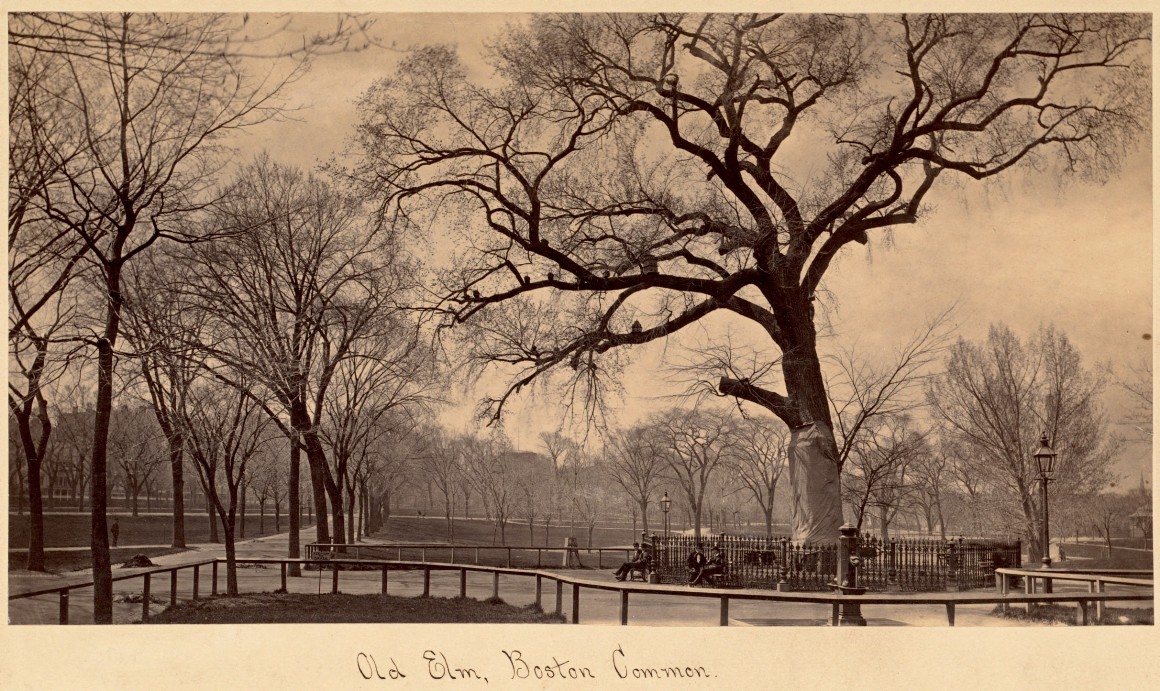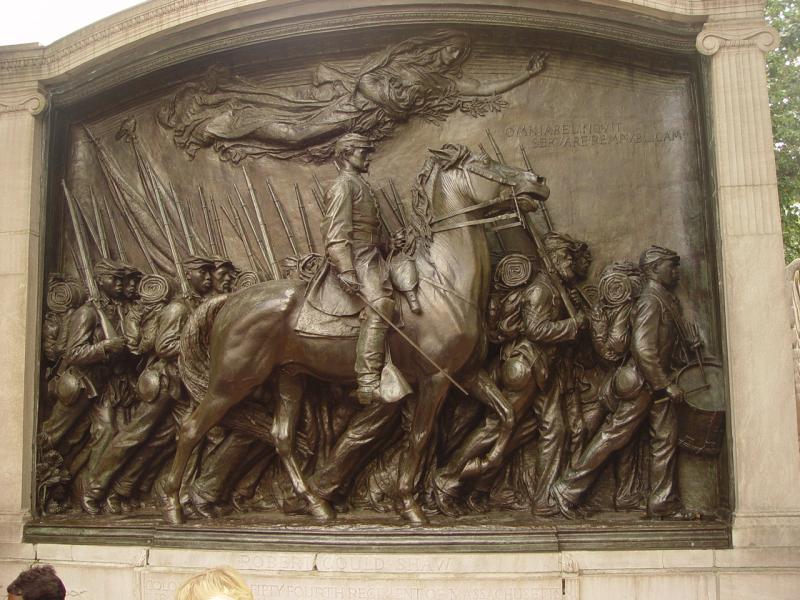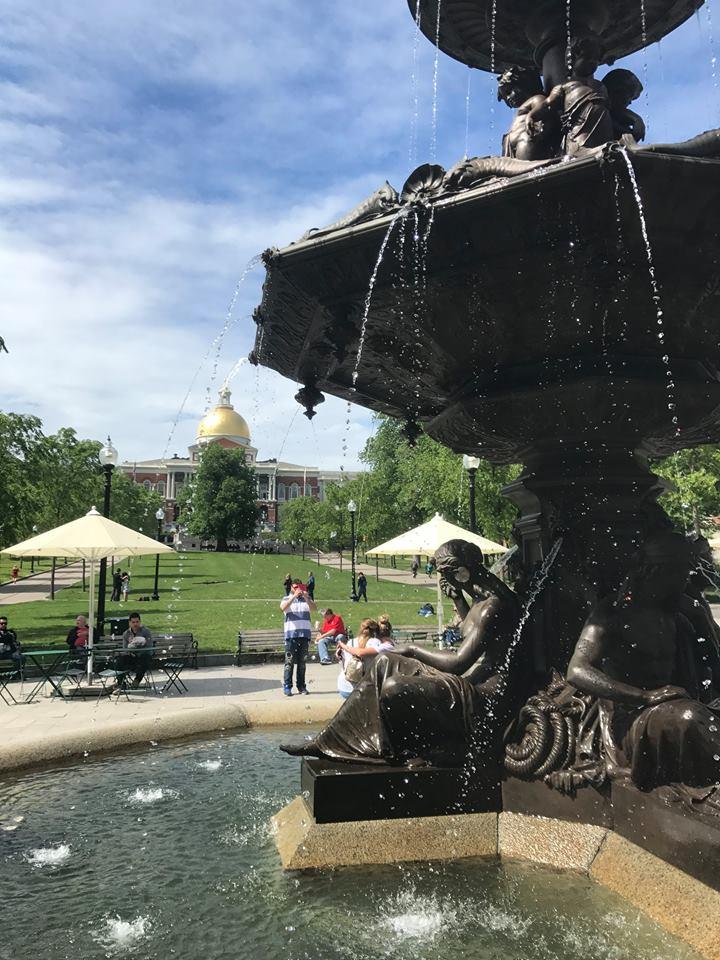Established in 1634, Boston Common is America’s oldest public park. Puritan colonists purchased the land rights to the Common’s 44 acres from the first European settler of the area, Anglican minister William Blackstone.

Visiting Boston Common
139 Tremont St.
Boston, MA 02111
Managed by the City of Boston Parks and Recreation Department
City of Boston Parks and Recreation Department
The Boston Common Visitor Information Center is managed by the Greater Boston Convention & Visitors Bureau.
Access Information
- Wheelchair Accessible
- Restrooms
Featured Photo of Tour Site

Old elm, Boston Common. Blown down 1876
When Puritan colonists purchased the land rights to the Common, the price was 30 pounds, and each homeowner paid six shillings. The pasture then became known as the "Common Land" and was used to graze local livestock until 1830. A town shepherd was paid "two shillings and sixpence per head of cowe" to tend townspeople’s livestock.
The Common was a site for Puritanical punishments, home to a whipping post, pillory, and stocks. Pirates, murderers, and witches were hanged from the tree known as "The Great Elm," now gone. Mary Dyer and three other Quakers were also hanged on the Common for their beliefs. A statue of Mary Dyer now stands on the Massachusetts State House lawn.
Also referred to as a "trayning field," over 1000 Redcoats made camp on the Common during the British occupation of Boston in 1775. It was from here that three brigades of Redcoats embarked to make the fateful trip to Lexington and Concord.
John Hancock's mansion overlooked Boston Common, and as the Governor’s wife, Dorothy Quincy Hancock was obliged to entertain 300 naval officers during a visit from Admiral D’Estaing’s French fleet in 1778. Facing a shortage of milk, she improvised and sent servants to the Common to milk the community cows. If the Hancocks felt free to take from Boston Common, it was because they also added to it. Hancock provided a large cask of Madeira wine and a fireworks display for the celebration held on the Common in 1765 for the repeal of the Stamp Act, and built a bandstand on the Common in 1771.
Boston Common has, and continues to, serve a higher purpose as a place for public oratory and discourse. Here, during the 20th century, Charles Lindbergh promoted commercial aviation; Anti-Vietnam War and civil rights rallies were held, including one led by Martin Luther King, Jr.; and in 1979 Pope John Paul II gave Mass to a gathered crowd. Today, Boston Common is open for all to enjoy.

Robert Gould Shaw and 54th Regiment Memorial
